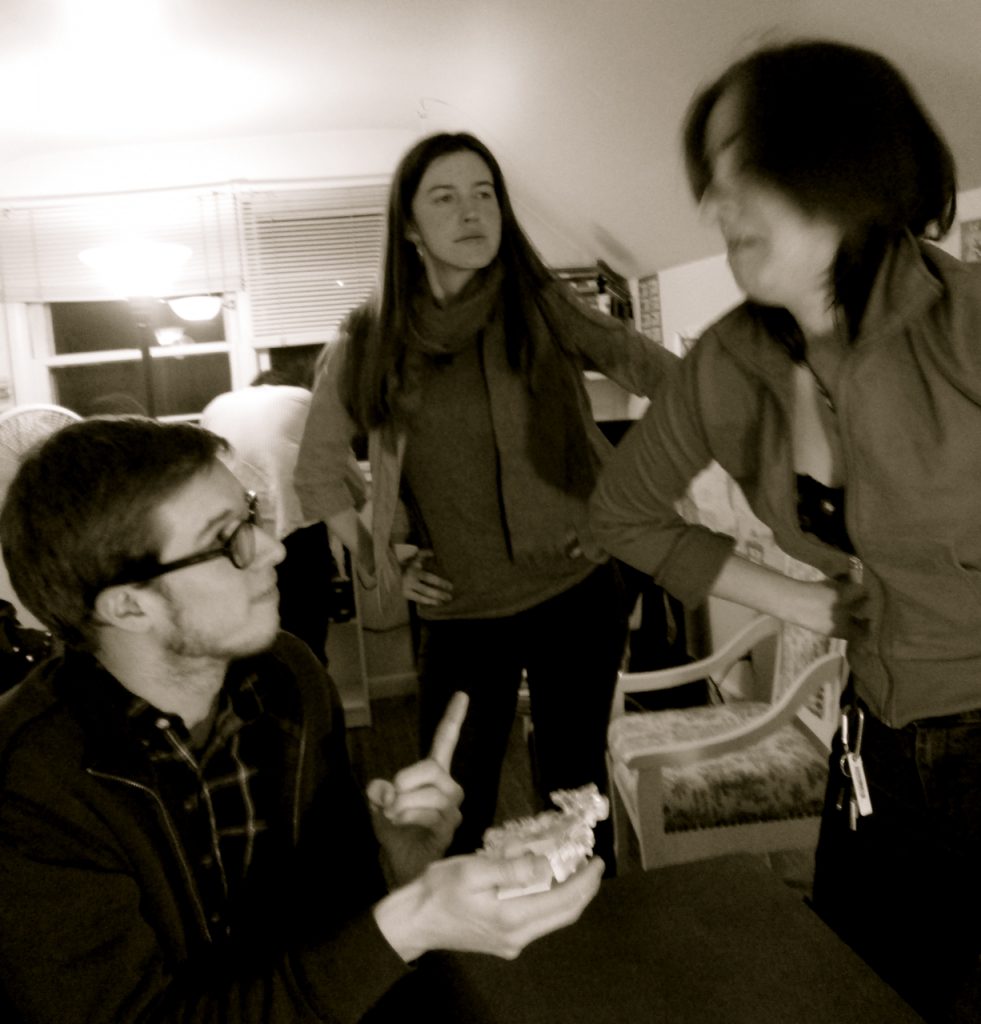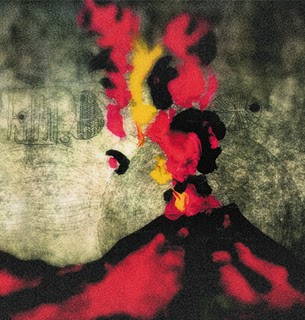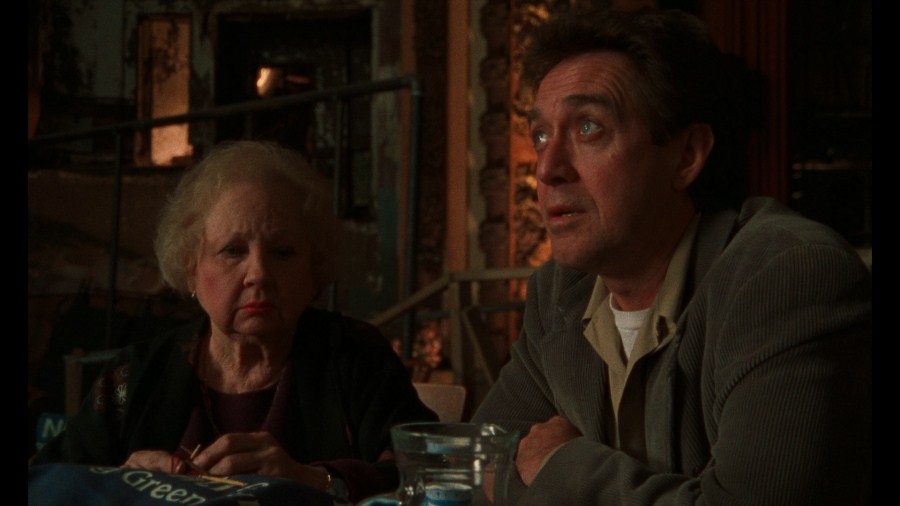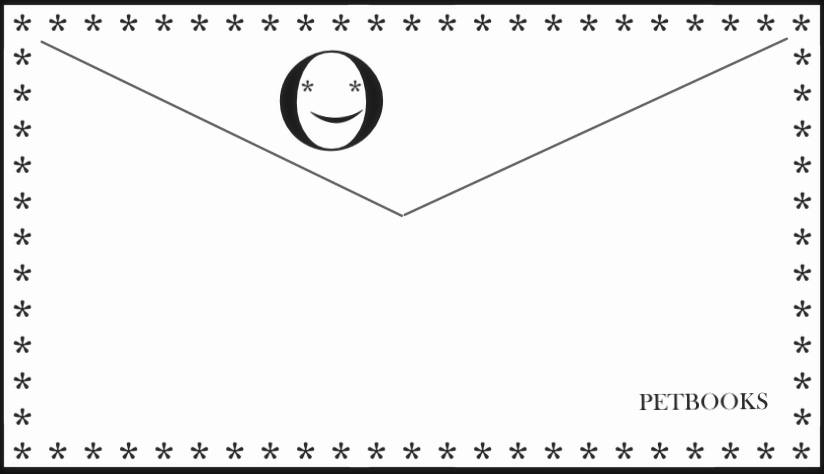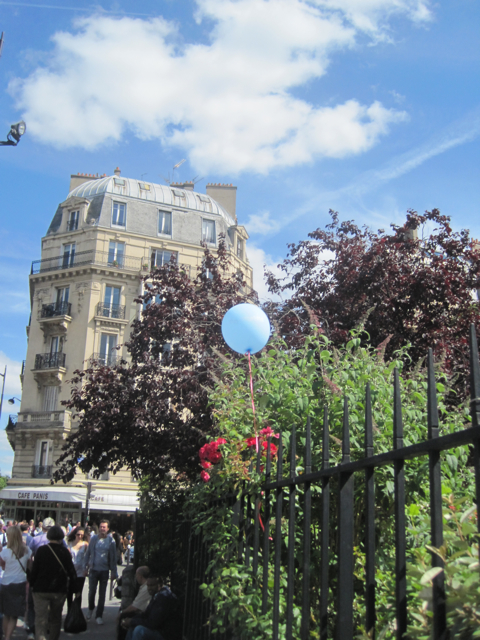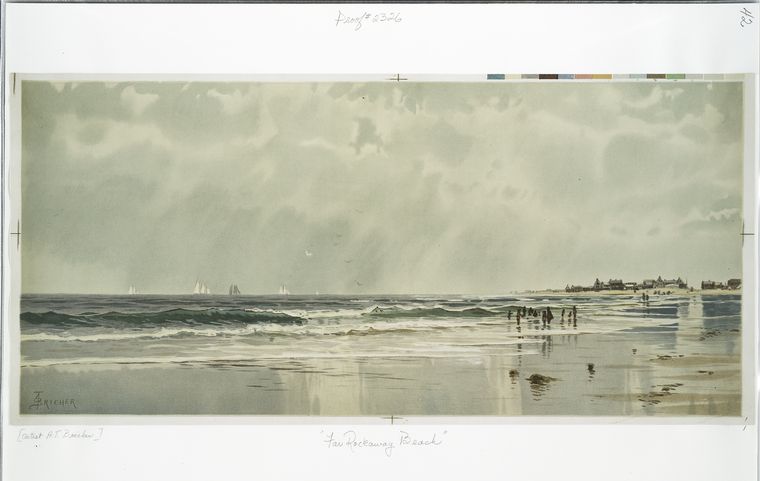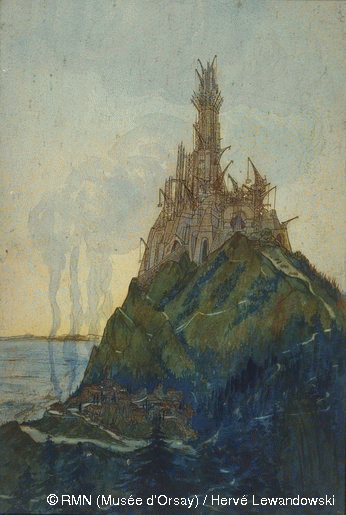Tableau Vivant, Part II: Leftovers
* Gina Balibrera *
A wild idea occurred to me as I made my way through Chekhov’s plays this spring. If I asked nicely, would my friends agree to stage some modern tableaux vivants from Three Sisters and The Cherry Orchard? I had been thinking about how silence and stillness work in these plays, and how humor and misunderstanding creep into moments of deliberate pause in these plays. I wanted to study these moments in the paused, familiar faces of my friends in the roles of Chekhov’s most familiar characters. This is the sort of idea that appears lucid in a dream, that most sensible people dismiss after waking.
Tableau Vivant, Part II: Leftovers Read More »

